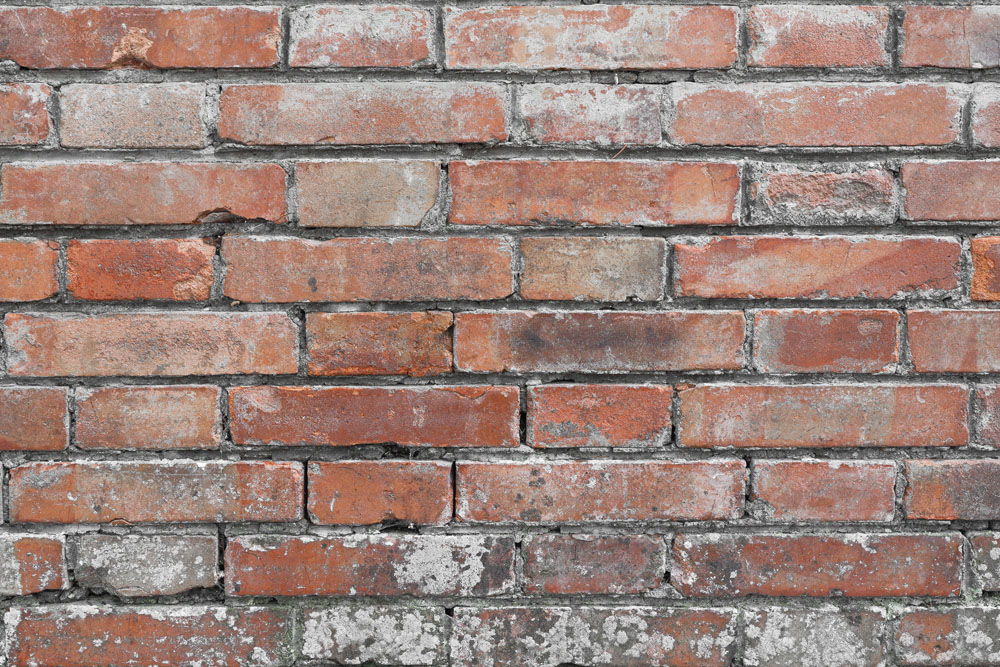As the cold winds of winter sweep across the landscape, they bring along a host of challenges that can affect the integrity of your home. One of the most critical aspects to consider during this season is your masonry work, particularly if you have structures such as chimneys, walls, or patios made from brick, stone, or concrete. This article will delve into why winter means higher risks, and how you can ensure your masonry is up to par.
Understanding the Importance of Masonry Maintenance
Masonry is renowned for its durability and aesthetic appeal. However, it’s not immune to the harsh effects of winter weather. Cold temperatures, snow, and ice can lead to cracks and structural compromises in masonry elements. Regular maintenance is essential to prevent costly repairs down the line.
Why Is Masonry Important?
Masonry not only adds beauty to your home but also provides structural support. When maintained properly, it enhances energy efficiency and protects against moisture intrusion.
Common Issues Faced During Winter
Freezing and Thawing Cycles: Water trapped in cracks can freeze and expand during cold spells. Ice Dams: Snow accumulation on roofs can lead to ice dams that increase water pressure on masonry walls. Moisture Absorption: In colder months, masonry can absorb moisture more readily.Signs Your Masonry Needs Attention
Detecting issues early on can save you a lot of hassle later. Here are some signs that indicate your masonry may need attention:
Cracks in Walls
Small cracks may seem insignificant but can be indicators of larger structural issues.
Efflorescence Build-Up
White powdery residue on bricks signals moisture problems.
Bulging or Leaning Structures
Any visible deformation requires immediate inspection by a professional.
The Role of Inspections in Winter Preparation
Before winter sets in, it's crucial to conduct thorough inspections of all masonry work around your property.
What Should You Inspect?
- Chimneys: Look for loose bricks or missing mortar. Walls: Check for soft spots or crumbling areas. Patios and Walkways: Ensure no uneven surfaces could become hazardous when icy.
How Weather Impacts Masonry Structures
Weather conditions play a https://pingdirapp41.directoryup.com/newberg/top-level-category-1/ramos-masonry-construction-company significant role in the longevity of masonry structures.
Freeze-Thaw Damage Explained
The freeze-thaw cycle causes repeated expansion and contraction in materials leading to cracks over time.
Humidity Levels Matter Too
High humidity combined with cold weather can exacerbate moisture-related damage in masonry.
Best Practices for Winter Masonry Care
Taking proactive measures is crucial for maintaining your masonry during winter months.
Regular Cleaning
Cleaning removes debris that traps moisture against surfaces.
Tools You’ll Need:
- A stiff-bristled brush Mild detergent Water source (hose or pressure washer)
Sealing Joints
Applying sealants helps keep water out and prevents damage from freezing temperatures.
Recommended Sealants:
- Silane-based sealers Silicone-based caulks
Masonry Chimney Repair: A Crucial Aspect
One area often neglected until it’s too late is the chimney. It’s vital to ensure that your chimney is safe for operation before using it during winter months.
Signs You Might Need Chimney Repair
Cracked Flue Liners Missing Mortar Joints Spalling BricksChoosing Professional Help for Repairs
While DIY repairs are tempting, calling in professionals ensures safety and long-lasting results.
What to Look For in a Masonry Contractor
- Licensing and insurance Positive customer reviews Experience with winter-specific repairs
The Cost of Ignoring Winter Risks
Neglecting necessary repairs can cost homeowners significantly more than proactive maintenance would have required.
| Type of Repair | Average Cost | |---------------------------|--------------| | Minor Crack Filling | $150 - $400 | | Chimney Repointing | $500 - $1200 | | Full Wall Replacement | $2000+ |
FAQs About Winter Masonry Care
1. How often should I inspect my masonry?
It's advisable to inspect at least once a year; however, prior to winter is ideal due to specific risks associated with cold weather conditions.

2. Can I do chimney repairs myself?
While small fixes might be manageable, major repairs should be left to professionals experienced with chimney work for safety reasons.
3. What happens if water gets into my masonry?
If water penetrates your masonry during freezing temperatures, it can lead to serious damage like cracking and spalling over time due to expansion when frozen.
4. How can I prevent ice dams?
Regularly clearing snow off roofs will help prevent ice dams from forming on chimneys and eaves which could damage adjacent masonry structures.
5. Is efflorescence harmful?
Efflorescence itself isn’t harmful but indicates potential water infiltration issues that could lead to further damage if not addressed promptly.
6. Should I use a sealant every year?
It depends on environmental exposure; generally reapplying every few years maintains effectiveness while protecting against moisture ingress effectively.
Conclusion: Be Proactive This Winter!
Winter means higher risks—ensure your masonry is up to par! Taking preventive measures now will save you from headaches down the road when spring comes around again! By understanding what signs indicate trouble spots while knowing how best to maintain them over time ensures that both safety and aesthetics remain intact throughout even the harshest winters ahead! Don't wait until it's too late; prioritize regular inspections today!